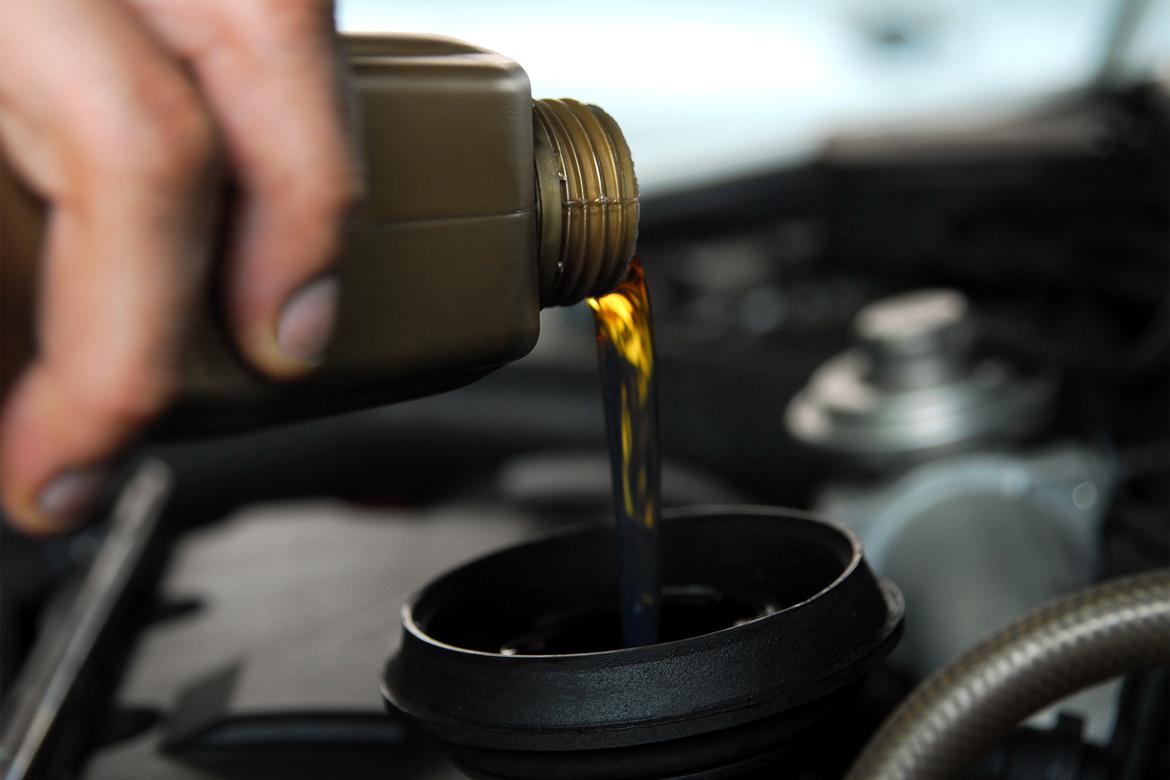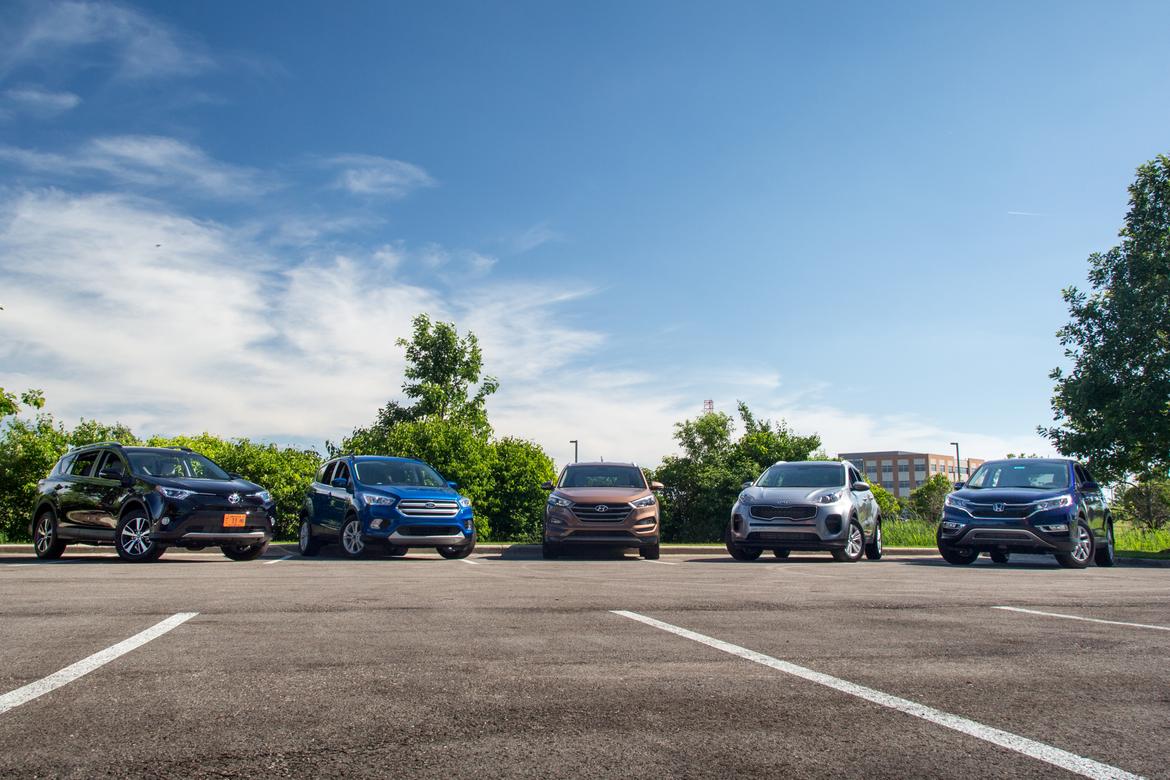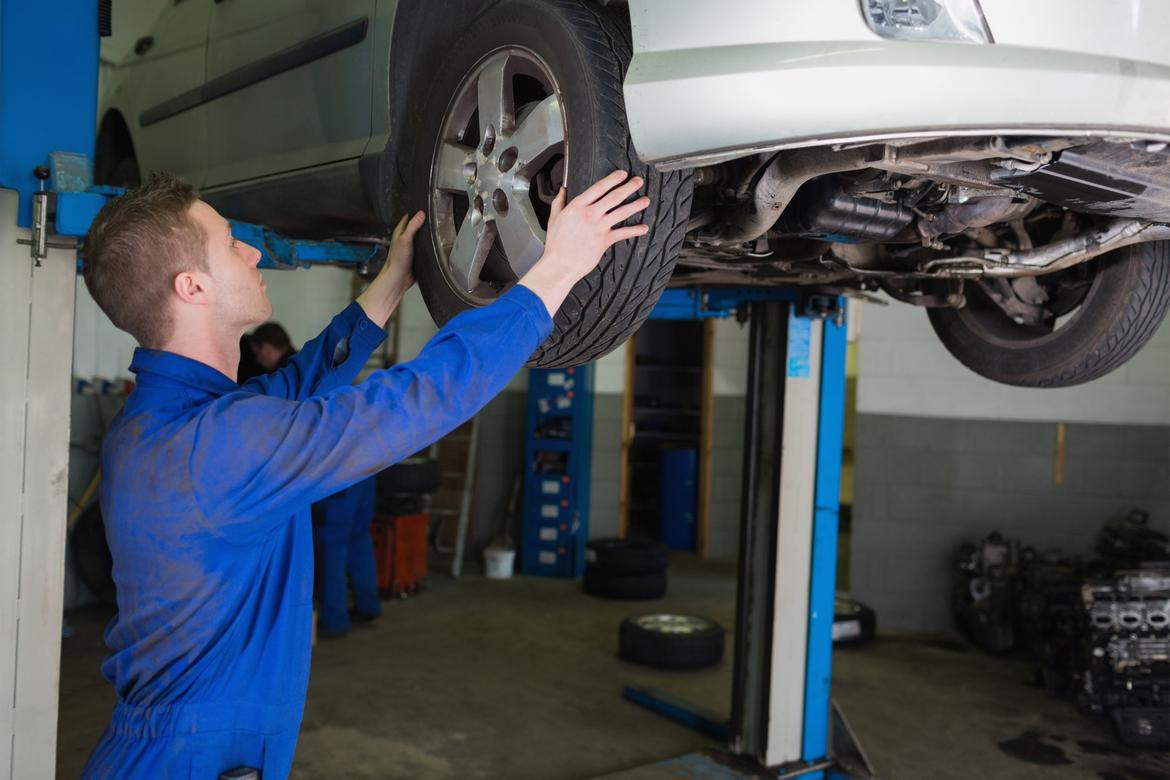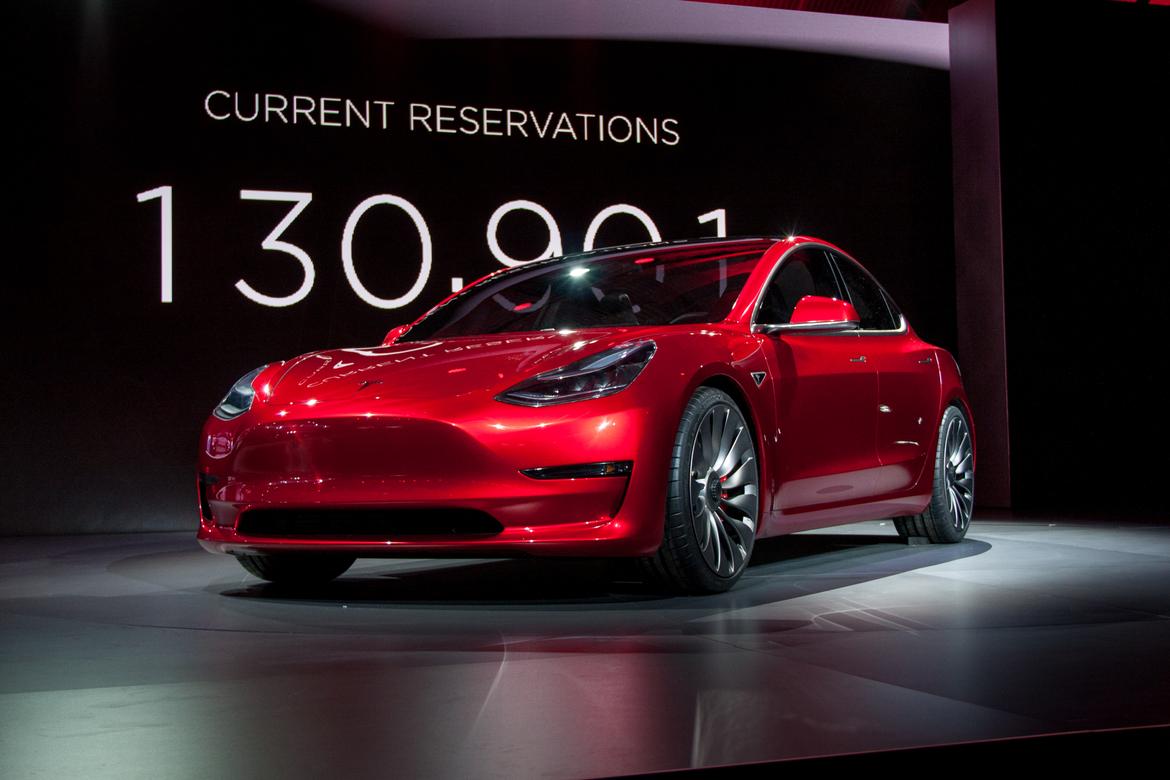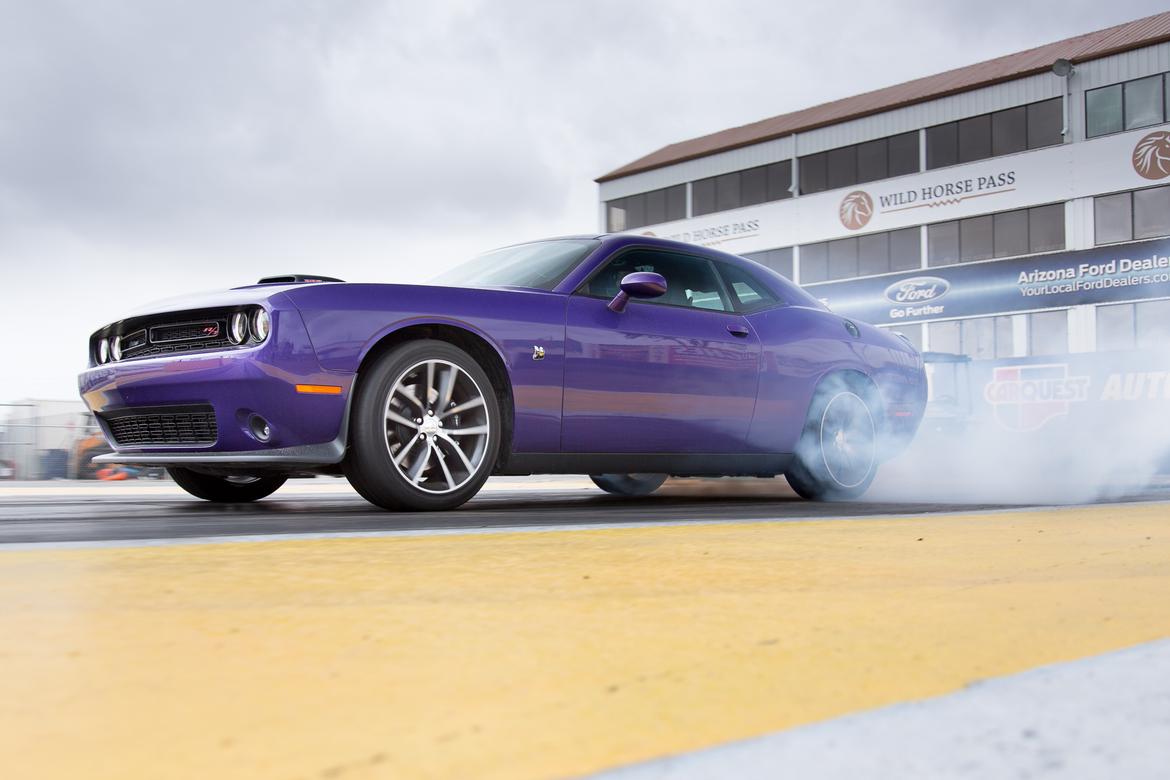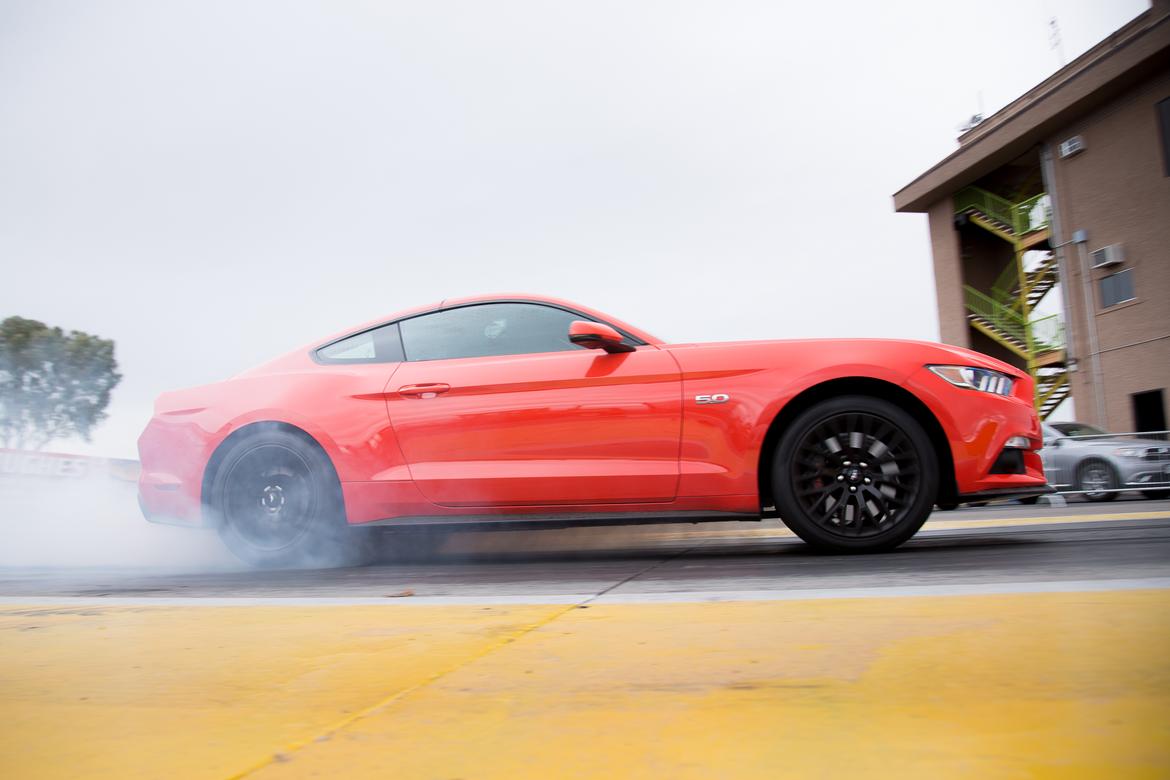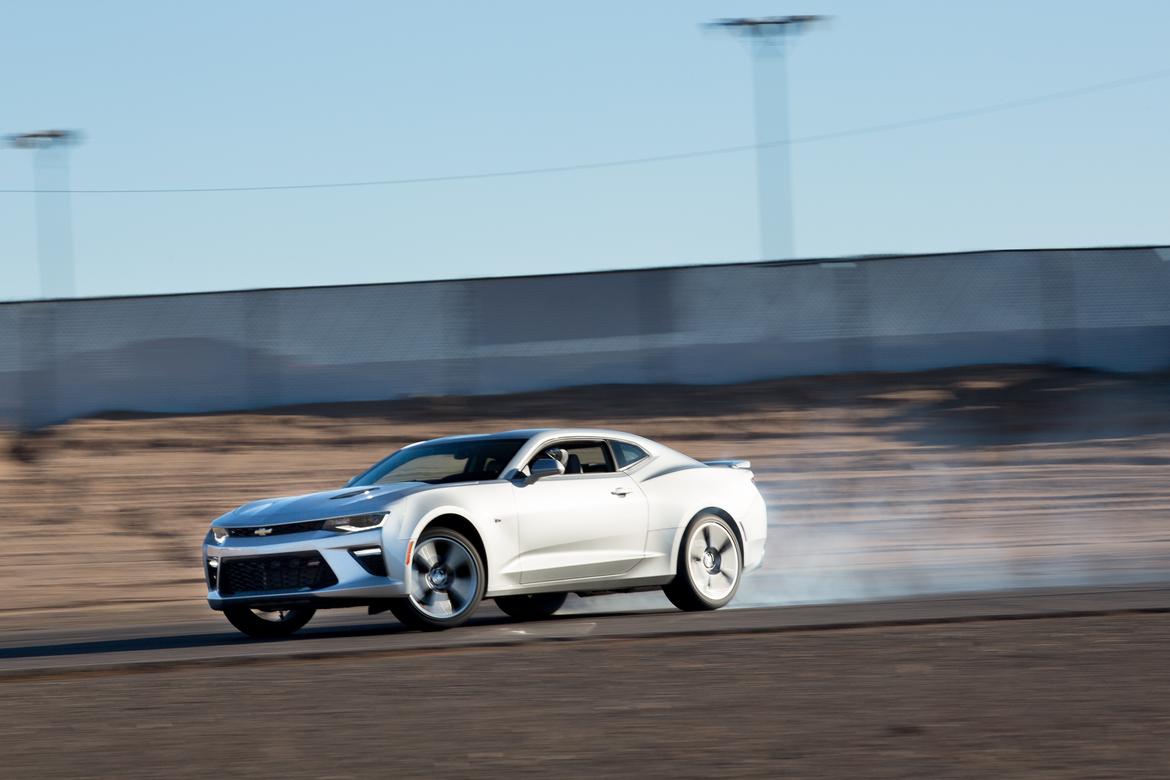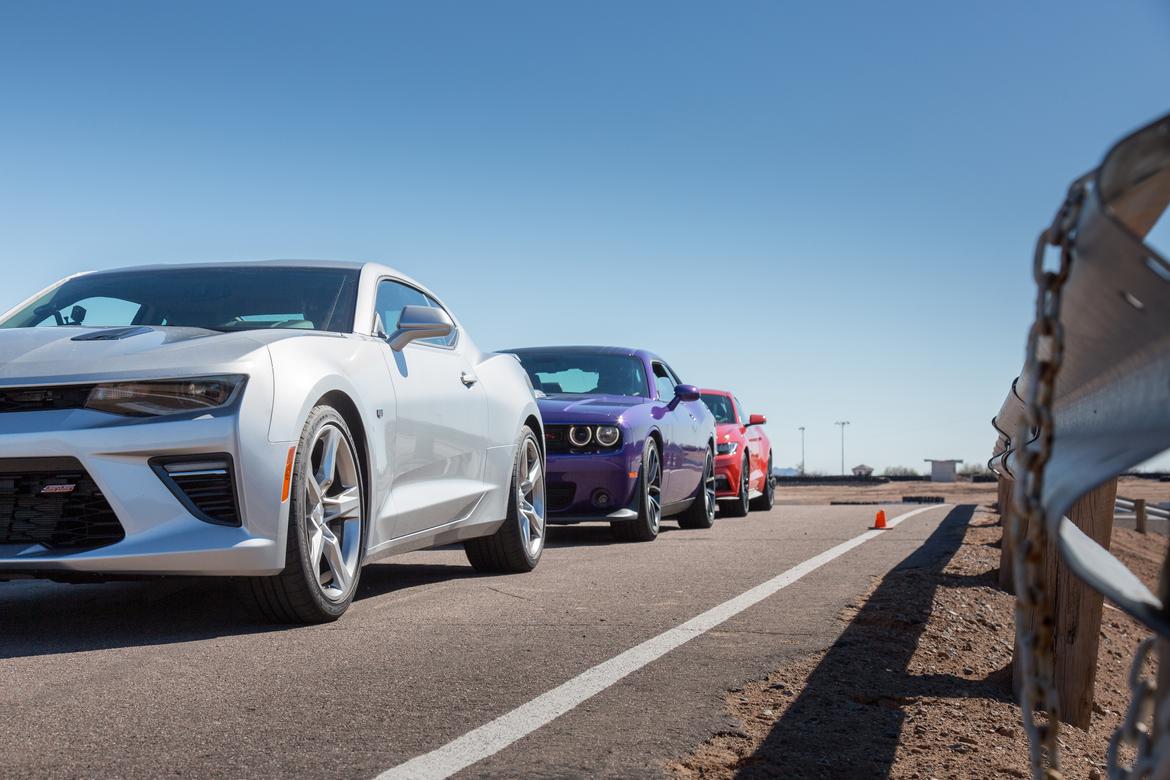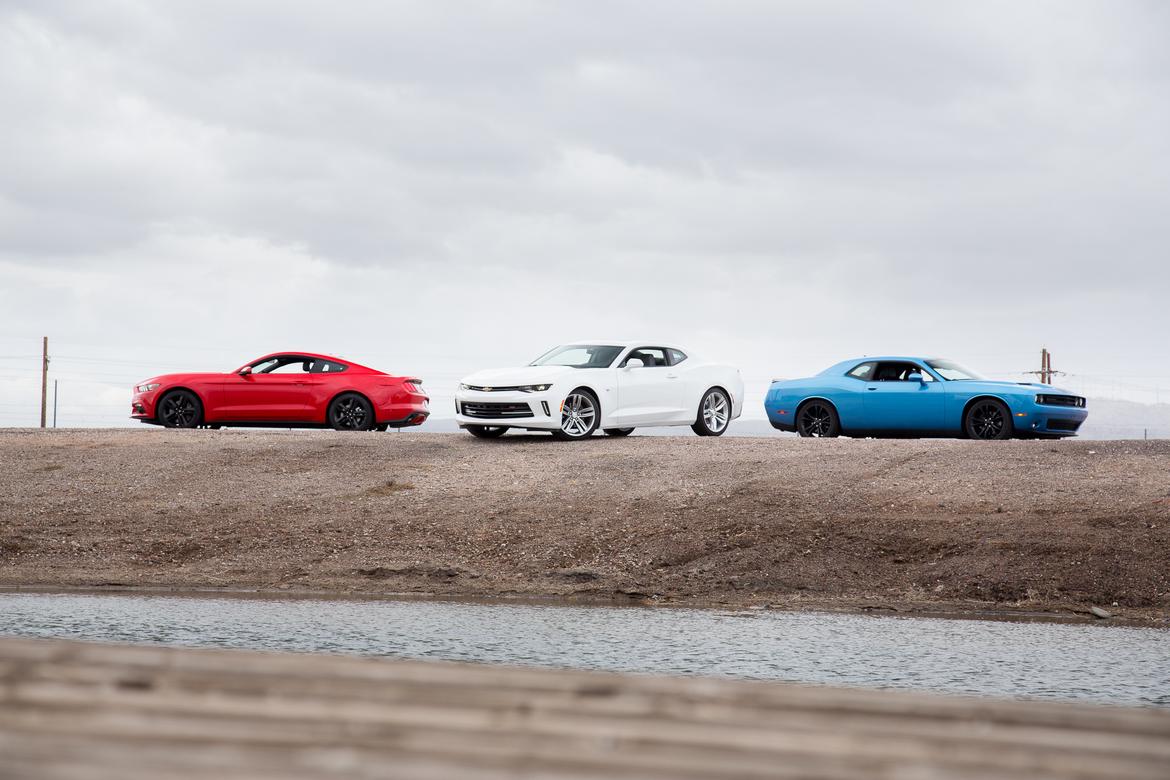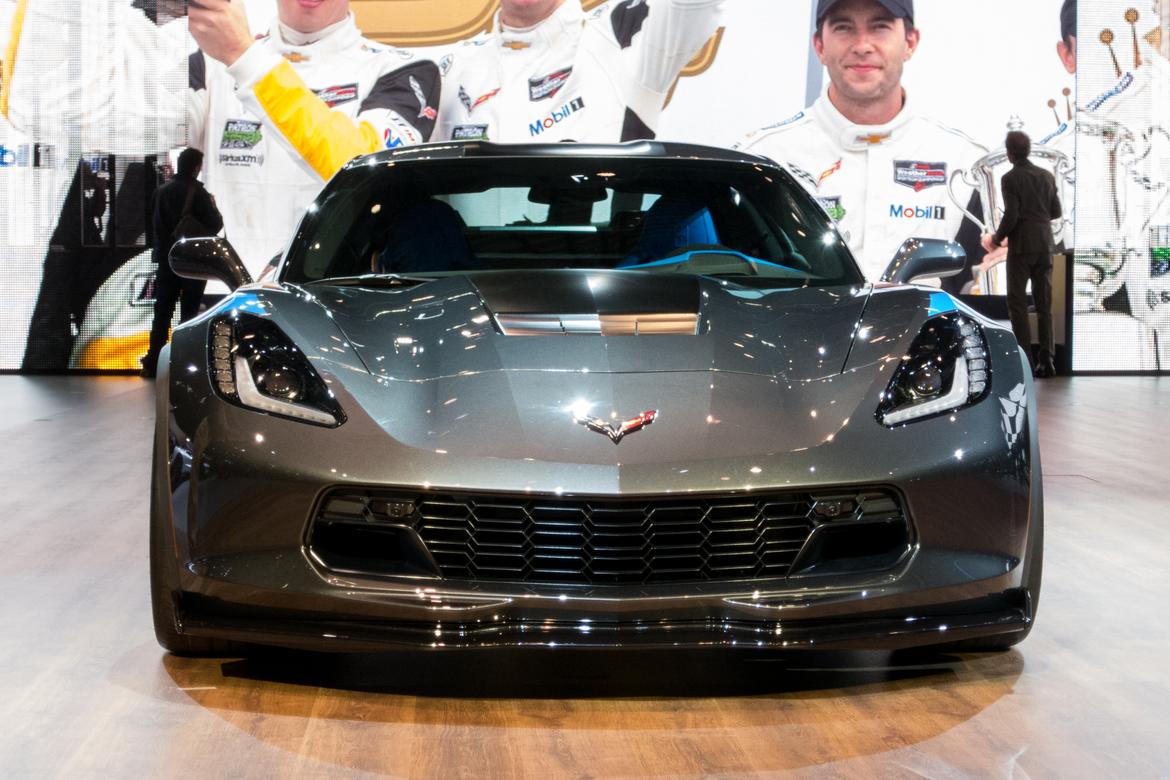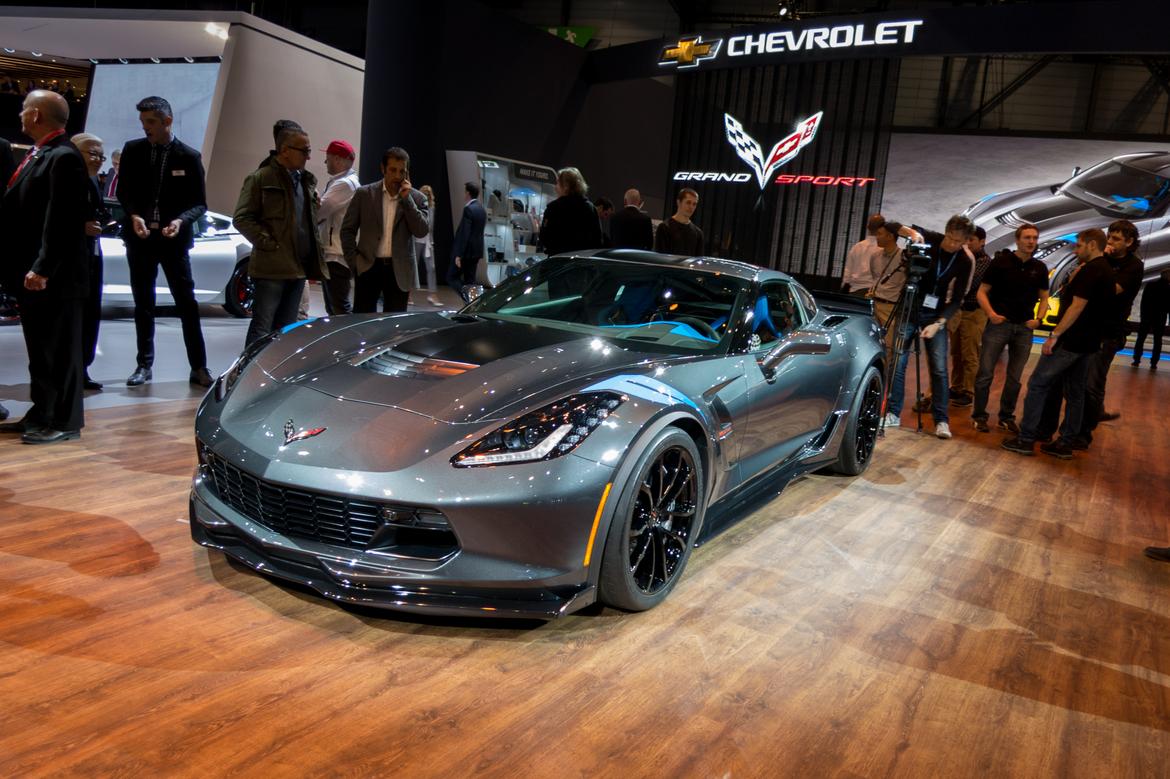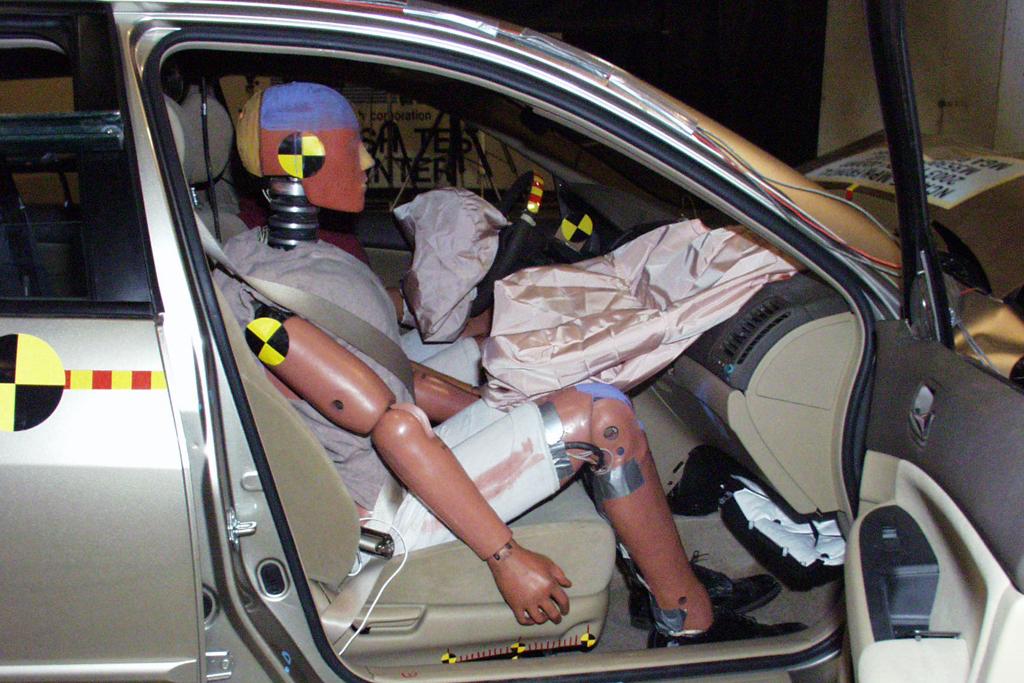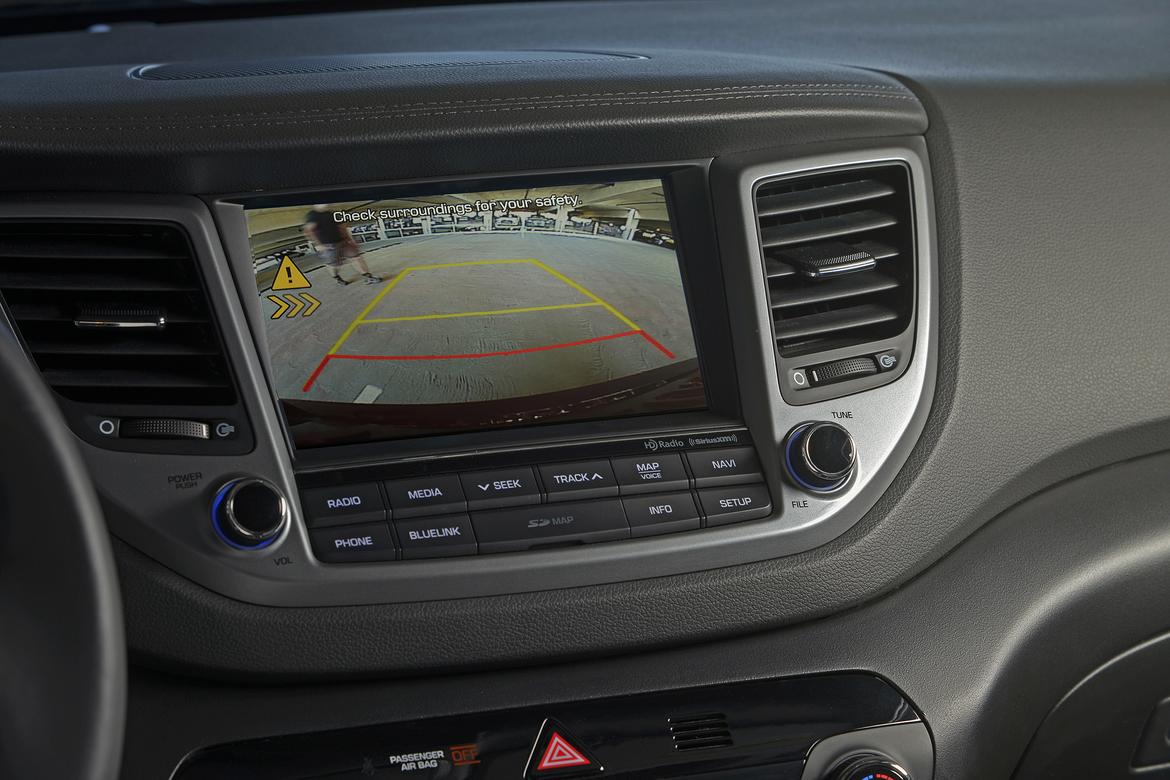
Car owners report that electronic
collision protection aids are the most satisfying and most used
technology in their vehicles, according to J.D. Power's 2016 U.S. Tech Experience Index Study released today.
Bringing up the rear among tech categories analyzed: navigation.
Related: Kia Tops Luxury Brands in Latest J.D. Power Quality Study; Fiat, Smart Trail
The study is the first in which the auto researcher has measured owners' experience in the first 90 days of ownership with "driver-centric vehicle technology" in these categories: collision protection; driving assistance; comfort and convenience; entertainment and connectivity; smartphone mirroring; and navigation.
Scoring the highest overall satisfaction with owners was the collision protection category, a bundle of features including blind spot warnings, lane departure and lane keeping systems, and backup cameras and warnings. The category tallied a score of 754 out of 1,000. Least satisfying were navigation systems at 687. The overall average was 730 in the survey of 17,864 vehicle owners and lessees from February through August.
J.D. Power looked not just at how satisfied drivers were with the technology experience but also at how much they actually used the features, and at what features they want on their next vehicle. Backup cameras and warnings and blind spot warnings are both the most used and most wanted technologies, with at least three-fourths of owners saying they use those technologies every time they drive and 96 percent of owners who have them now saying they want them on their next car.
The study also showed that today's drivers don't feel limited to just the tech built into their car. Among those who said they never use a particular in-car technology, 39 percent said they use another device, such as a smartphone, in its place. Navigation was the most subbed-out. And illustrating the power of familiarity, 57 percent of owners who use another device said they have never even used the in-car feature. Of the 43 percent who had used use the car's tech but stopped, 56 percent stopped within the first month.
The study also highlighted a critical role for dealers in technology use and satisfaction by making owners aware of features and showing how to use them. Among owners whose dealer showed them how to use the technologies, overall satisfaction was 25 to 54 points higher than for those who learned how from other sources or previous experience.
"It is alarming how many technologies consumers have in their vehicle but aren't using because they don't know they have them or don't know how to use them," said Kristin Kolodge, executive director of driver interaction and human-machine interface research at J.D. Power, in a statement.
Being shown how to use features eases problems with owners finding technologies difficult to use, which cuts both tech satisfaction and overall perceptions of vehicle quality. J.D. Power found an average 98-point drop in tech satisfaction when owners experience difficulty and also has found in its quality studies that the quality rating drops when owners find a feature hard to use, even it works as designed.
"By taking the time to show the technology to the new owner, the dealer can mitigate [difficult-to-use] issues, improving both satisfaction and quality," Kolodge said. "If the dealer explains all or many of the technologies to the new owner, it can have a dramatic positive effect on the ownership experience."
The new study also awarded top vehicles by market segment for best overall tech experience. Average satisfaction varied a lot by segment, with the highest being for large vehicles (755), followed by small premium (735), compact premium (732), mid-size premium (731), compact (727), mid-size (725) and small (706).
Here are the awards, based on responses from the 13,269 people who had bought or leased in the previous 90 days a new 2016 vehicle that's all-new or has been redesigned within the past three years:
https://www.cars.com/articles/jd-power-study-praises-blind-spot-warning-backup-cameras-1420691774244/
Bringing up the rear among tech categories analyzed: navigation.
Related: Kia Tops Luxury Brands in Latest J.D. Power Quality Study; Fiat, Smart Trail
The study is the first in which the auto researcher has measured owners' experience in the first 90 days of ownership with "driver-centric vehicle technology" in these categories: collision protection; driving assistance; comfort and convenience; entertainment and connectivity; smartphone mirroring; and navigation.
Scoring the highest overall satisfaction with owners was the collision protection category, a bundle of features including blind spot warnings, lane departure and lane keeping systems, and backup cameras and warnings. The category tallied a score of 754 out of 1,000. Least satisfying were navigation systems at 687. The overall average was 730 in the survey of 17,864 vehicle owners and lessees from February through August.
J.D. Power looked not just at how satisfied drivers were with the technology experience but also at how much they actually used the features, and at what features they want on their next vehicle. Backup cameras and warnings and blind spot warnings are both the most used and most wanted technologies, with at least three-fourths of owners saying they use those technologies every time they drive and 96 percent of owners who have them now saying they want them on their next car.
The study also showed that today's drivers don't feel limited to just the tech built into their car. Among those who said they never use a particular in-car technology, 39 percent said they use another device, such as a smartphone, in its place. Navigation was the most subbed-out. And illustrating the power of familiarity, 57 percent of owners who use another device said they have never even used the in-car feature. Of the 43 percent who had used use the car's tech but stopped, 56 percent stopped within the first month.
The study also highlighted a critical role for dealers in technology use and satisfaction by making owners aware of features and showing how to use them. Among owners whose dealer showed them how to use the technologies, overall satisfaction was 25 to 54 points higher than for those who learned how from other sources or previous experience.
"It is alarming how many technologies consumers have in their vehicle but aren't using because they don't know they have them or don't know how to use them," said Kristin Kolodge, executive director of driver interaction and human-machine interface research at J.D. Power, in a statement.
Being shown how to use features eases problems with owners finding technologies difficult to use, which cuts both tech satisfaction and overall perceptions of vehicle quality. J.D. Power found an average 98-point drop in tech satisfaction when owners experience difficulty and also has found in its quality studies that the quality rating drops when owners find a feature hard to use, even it works as designed.
"By taking the time to show the technology to the new owner, the dealer can mitigate [difficult-to-use] issues, improving both satisfaction and quality," Kolodge said. "If the dealer explains all or many of the technologies to the new owner, it can have a dramatic positive effect on the ownership experience."
The new study also awarded top vehicles by market segment for best overall tech experience. Average satisfaction varied a lot by segment, with the highest being for large vehicles (755), followed by small premium (735), compact premium (732), mid-size premium (731), compact (727), mid-size (725) and small (706).
Here are the awards, based on responses from the 13,269 people who had bought or leased in the previous 90 days a new 2016 vehicle that's all-new or has been redesigned within the past three years:
https://www.cars.com/articles/jd-power-study-praises-blind-spot-warning-backup-cameras-1420691774244/

